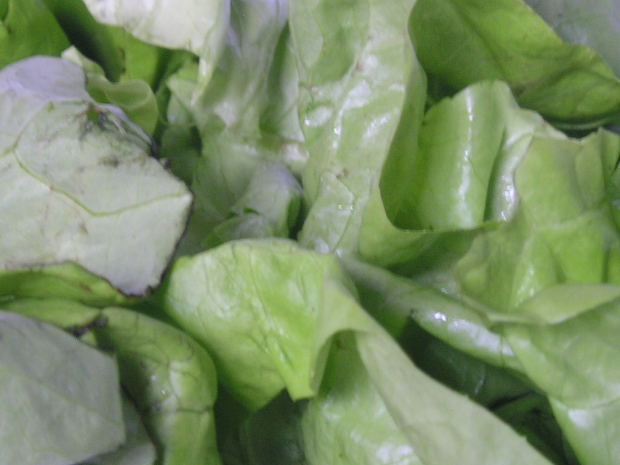 Loading... Please wait...
Loading... Please wait...Save Money. Grow Your Own!
Fast Plain Box Shipping.
We ship to the US & Canada.
Grow Your Own!
A Hydroponic Case Study
Posted on 28th Dec 2014
Want a real world idea about how hydroponics really works? Take this case study from northern Virginia.
TrueFarms is a farm operation specializing in hydroponic lettuce and a few other crops, located in Haymarket, Virginia, in the northeastern part of the state. Here, a husband and wife team are making history with vibrant cultivation of different varieties of lettuce in a hydroponic greenhouse farm.

The farm’s website shows that the owners started out in 2009, acquiring the land that would eventually become the hydroponic farm. The original equipment consisted of tubing, sawhorses, and a central container, along with some grow lights and air and water handling equipment. Now, it’s a much bigger operation.
With this particular operation, you’re looking at the challenge of growing a hydro operation while diversifying into various different types of crops. The TrueFarms firm has grown lettuce varieties like Boston Bibb and others, as well as greens like basil and arugula.
Pictures of the current site show neat hydro tray tables served by large PVC tubing. Small heads of lettuce pop out from individual plant pots located in rows, and quickly grow to maturity. Branded trucks deliver this produce to local markets.
One of the neat aspects of the TrueFarms operation is the horizontal grow table design that allows the workers to maintain, clean and eventually pick lettuce. Take a look and you’ll see dozens and dozens of plants packed into a very functional greenhouse in order to utilize space efficiently. Everything including tubing is in rows, which can really add to the eventual results.
You also have a great example of a growing hydroponics farms serving big local markets. Not too far away from TrueFarms, you have some of the communities designated as ‘food deserts’ by nutritional experts and others looking at America’s dinner table. You have an urban environment where the demand for fresh produce is hot – and rather than just relying on Whole Foods and other big (and expensive) chains, locals can get access to the products of small hydro farms like TrueFarms, whether it’s by signing onto specialized delivery contracts or just browsing local markets.
This is just one example of how hydroponics serves communities. Growers get the benefit of being involved in an innovative and emerging field where the customer-based isn’t yet ‘saturated’ by supply – while local families get more good options in what they buy and what they eat. You can find other examples of this kind of win-win situation all over the Internet and in major broadcasting coverage as experts recognize that hydroponics really is, in many ways, the way of the future.
